Seth Schwarz performs at Kilifi New Year Festival 2018 at Beneath The Baobabs Festival/ Photo By James Patrick
As a 90’s baby growing up in early 2000’s Kenya, I vividly recall my first experiences with electronic dance music as the reel replays in my mind. Memories of Modjo’s ‘Lady’ as it would blow through the sound systems of the Malindi beach resorts where my family would drag us for Christmases and New Years, and much later, as it became the NTV jingle signaling the transition from one programme into scheduled advertisements that punctuated the local television viewing experience.
The most lucid and striking memory being Daft Punk’s ‘One More Time’ capturing my full undivided childlike attention one evening after concluding the scheduled run of KTN’s ‘Fun Factory’. My eyeballs glued to the dreamy anime visuals of a blue race of people grooving with carefree abandon, as their planet plunges into annihilation, while the track’s up-beat revelrous melodic synths and four-on-the-floor bass kicks interweaved through my brain waves, cementing itself as my first known case of earworms which I have not been able to shake off to this day.
Fast forward to two decades and a global pandemic later, and electronic music is as viral and pervasive as a Covid-19 molecule – in homes, public transportations, and dancefloors all across East Africa.
What many forget is that once upon a time in Kenya, Electronic Dance Music as we know it was seen as an accessory of the privileged upper middle classes and Caucasian communities, before a cultural shift moved this genre of music into the powerhouse that it is today, penetrating social scenes of various economic sliding scales.
Let’s begin in the morning. 6 AM, to be precise.
2008. Named after the time of day when a party which should be winding down instead kicks into its final gears – the electronic music event organizer, 6 AM, were the first known of their kind to internationally seek to satiate Kenyan’s fantasies of a Tomorrowland-esque experience on homegrown beach sand, with their annual New Year’s event, Sundance Diani NYE, now titled Beachlife, which takes place on the South Coast of Kenya.

Through their New Years Eve events and consequent ones, 6 AM succeeded in building the landscape for electronic music in Kenya through introducing niche European Progressive House DJs to a Kenyan audience whom the DJs may never have otherwise encountered in their usual European festival and club circuits. These DJs included the Russian electronic duo Hard Rock Sofa, Swiss DJ Dinka, and the UK duo Solarity, to name a few.
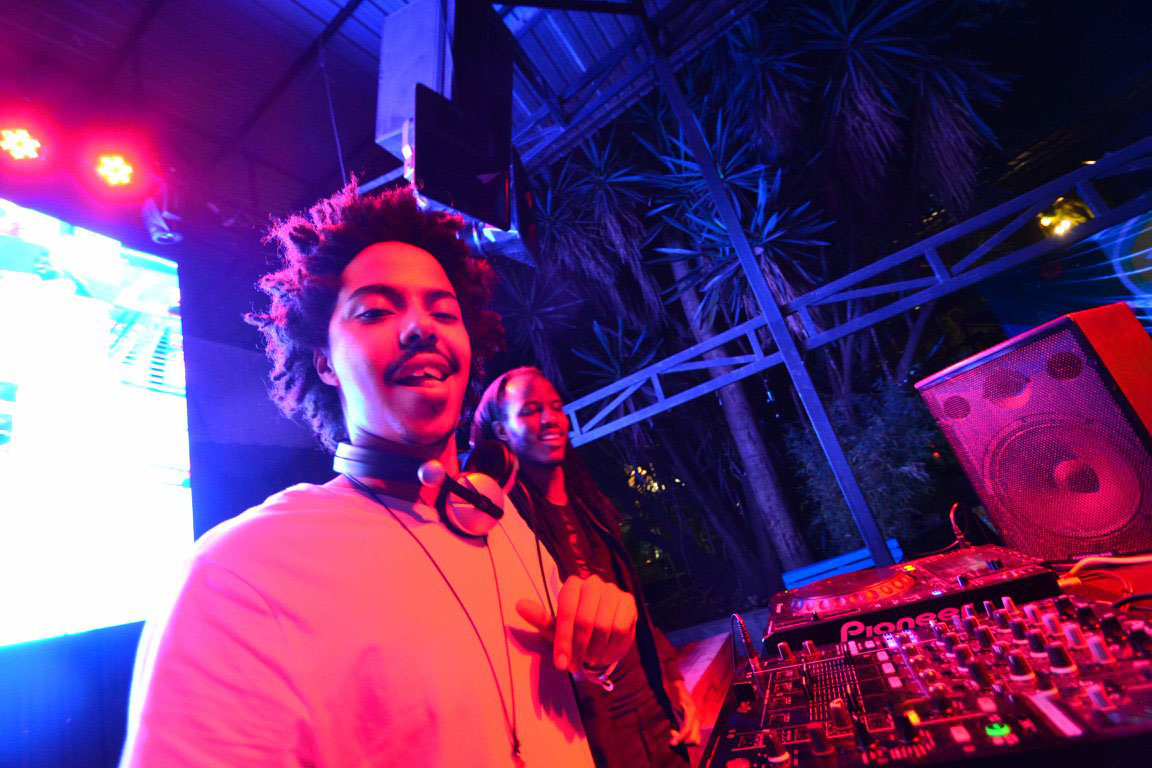
On top of dropping a taste of the European electronic music scene onto Kenyan palates, 6 AM also succeeded in creating household names and celebrities out of their in-house Djs, think DJ Drazen, DONNACCIA, Foozak, and Barney Barrow.
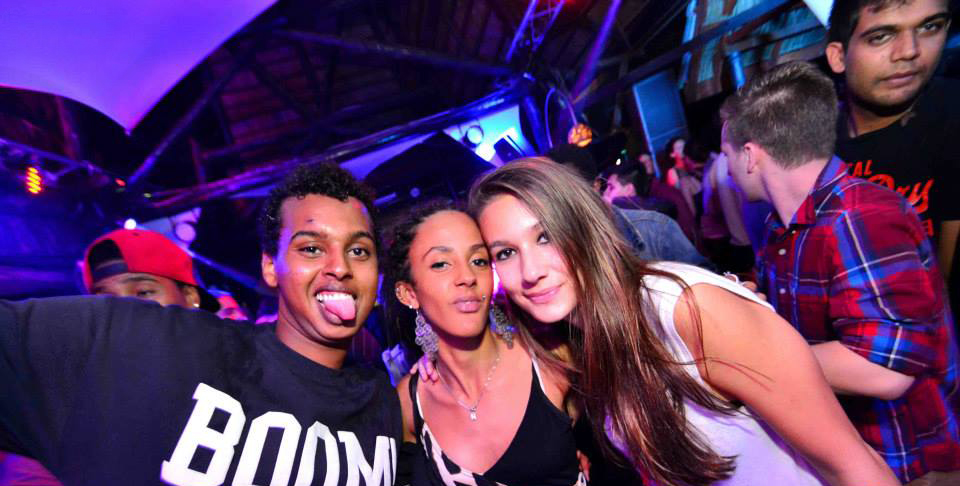
As public interest in the Kenyan electronic music scene grew more salient, 6 AM began to periodically sprinkle in events such as Earth Dance, Kikoy Culture, and Sunglasses At Night, spread throughout the year in order to quench the quenchless bassline thirst of the masses.
Much as they grew in popularity, these events were unfortunately economically exclusionary, considering tickets did not come cheap. As a result, the pool of attendees was limited to the Nairobi IGCSE private school crowd, expatriates, tourists, and 1st to 3rd generation settler Kenyans.
It just so happened that the rise of these various 6 AM events coincided with the rise of Facebook, and the social networking site hence became the main marketing resource for Kenyan Nights, the events company founded by Rizwan Ibrahim which covered most of these gigs.
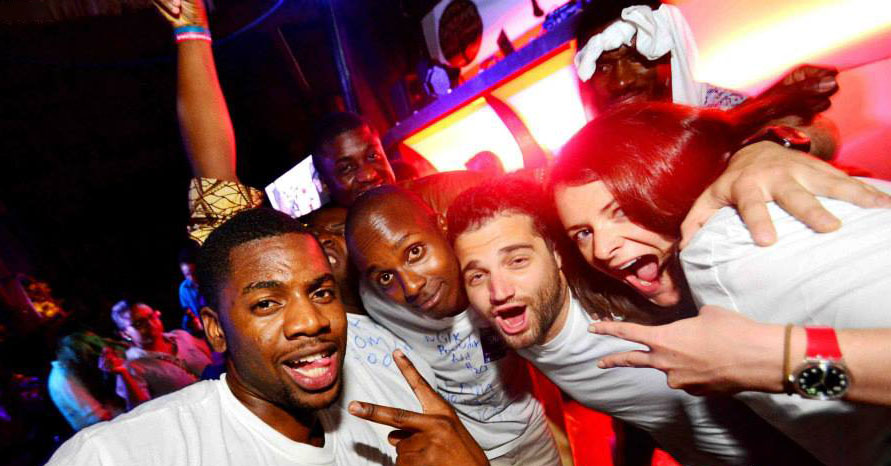
Ibrahim’s Facebook gallery series ‘Beautiful Faces, Beautiful Places,’ created one of the earliest cases of digital FOMO (Fear of Missing Out) among Kenyan youth online, as scores of teens and young adults would find themselves scrolling through the sea of uploaded photographs looking for familiar faces, and making solemn oaths to themselves that come the next photo series from the next 6 AM / Kenyan Nights event, their own faces would be tagged among the beautiful faces within the beautiful places.
On the North Side of the Kenyan Coast, another New Year’s electronic music space was taking root and heating up the competition. Kenyan Nights partnered with Distant Relatives Backpackers and Eco-Lodge to bring forth the first ever Kilifi New Year Festival, further cementing the Kenyan Coast as the place one should be if one craves a New Year’s experience of electronic music by the beach.
Kilifi New Year introduced into the Kenyan complex the European festival model of one event taking place non-stop over the course of 2 – 4 days. Tickets came pricier than those for 6 AM raves on account of the fact that Kilifi New Year ran for multiple days as opposed to one night. Once again, the crowds frequenting this event remained predominantly upper middle class, Caucasian and Asian.
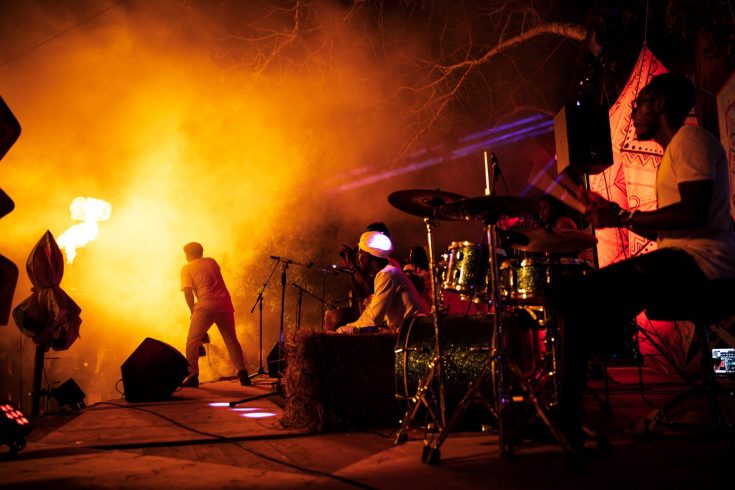
The Kenyan electronic music space still had a long way to go before the everyday Kenyan could easily access this reconstructed world of esoteric music.
*
Nairobi. 2013. Electronic-music-friendly spaces began mushrooming as a result of the fast-growing demand for venues by the genre’s purveyors who were keen to divest the gate-keeping monopoly held by the aforementioned Electronic Music event collectives. There was a need to create room for lesser known electronic music outfits and DJs to build an ambiance and an audience.
As such, the coming into play of spaces such as The Alchemist, Temple and MUZE in Nairobi’s Westlands expanded the options for individuals seeking a night of house music within affordable means and thus, subtly loosened the economic barriers around electronic music events. Much as the socio-economic networks built around this scene still catered to the upper middle classes and the expatriate community, the doors of electronic music were starting to slowly open up to demographics previously locked out on account of spending power.
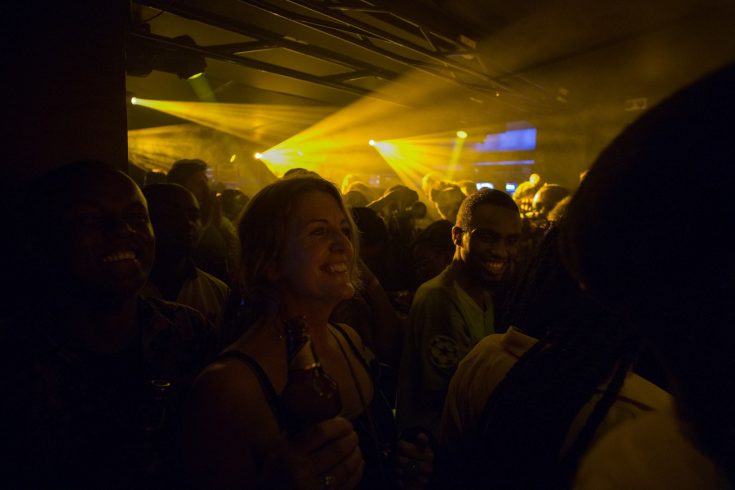
At this juncture, it would be imprudent to not accord an honorable mention to the short-lived Daylight Insomnia Festival. When the movie Project X made its box office debut – inciting a media-frenzy which influenced parties around Nairobi and made parents tighten their leashes on their teenagers – Daylight Insomnia (spearheaded by the electronic music collective Lectronica Circle) came to the rescue. by creating an avenue for the youth who craved an EDM experience but couldn’t afford to take the lavish New Year’s trips to the Coast nor fork out KES 5,000 + for a ticket nor be out past their night time curfews.
*
On the other side of Lake Victoria, an electronic music scene of its own was gearing up to erupt.
As of 2018, Nyege Nyege Festival, named for the Luganda word for a sudden and uncontrollable urge to dance, was named one of the world’s best Electronic Music Festivals by Resident Advisor and Fact Magazine, as well as being recognized as Uganda’s overall best tourism event of the year, drawing up to 9,000 attendees to the shores of The River Nile in Jinja.
Because while the Kenyan electronic music space was still hyper-focused on genres of European progressive house, deep house, and tech-house, Nyege Nyege stepped forth with the intent of shining a light on African electronic music through incorporating undeniably African rhythms and traditional African instruments paired with digital synthesizers and 808s, as well as turning the spotlight towards these movements and their respective Producers, collaborators and DJs. Genres such as Ugandan Electro Acholi, Angolan Kuduro, Tanzanian Singeli, and Ethiopian Ethiopiyawi.
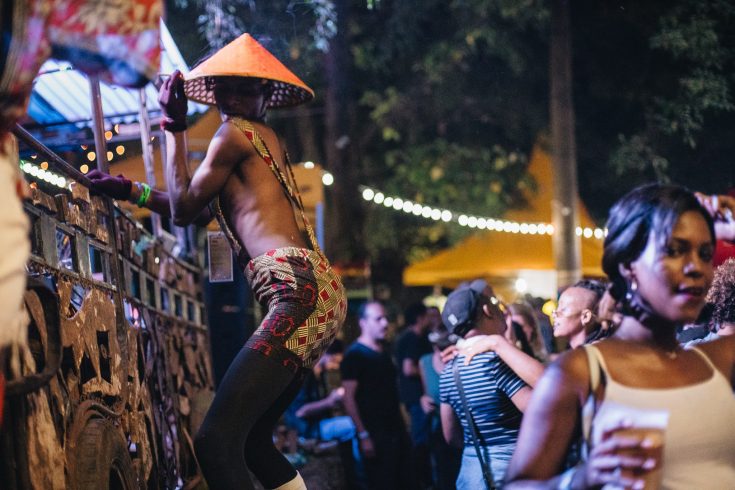
Through its in-house record label, Nyege Nyege Tapes took on the onus of bringing the African Electronic Music Scene to world-wide attention, launching in-house DJs such as Kampire and Slikback to international notoriety and recognition from global electronic music media including Dazed, DJ Mag, MixMag, Pitchfork, and Resident Advisor, as well as global media houses such as BBC, CNN and The Guardian.
This was further propelled by Boiler Room’s sudden interest and appearance in East Africa in 2018.
An online music media platform bringing underground electronic music scenes from all corners of the world to the comforts of people’s bedrooms and living rooms through Youtube live streams, Boiler Room’s floodlight on East Africa started with Kampire’s set at Nyege Nyege Festival 2018, thereafter followed by Coco Em and Suraj at Boiler Room x Ballantines at The Alchemist in Nairobi in 2019; thereby broadcasting the East African electronic music scene to audiences across the globe.
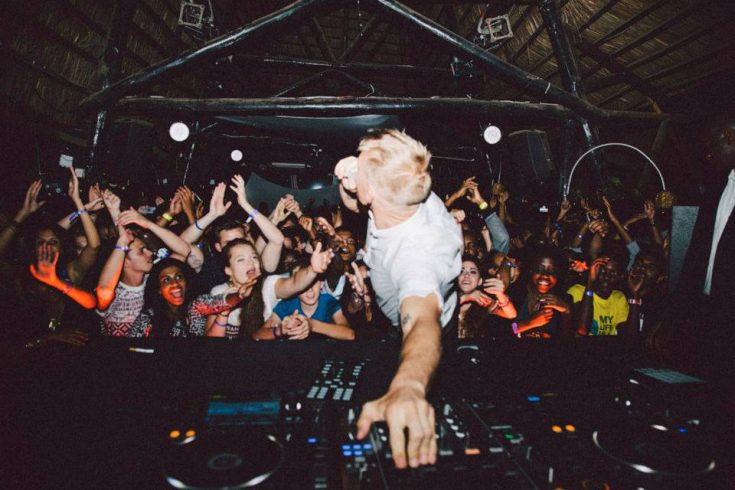
Everything screeched to a halt in 2020.
As Covid-19 prevention protocols closed bars, clubs and kept people locked within the safe confines of their homes, no government directive could prevent the viral spread of Amapiano.
Differing from its South African house predecessors of Kwaito and Gqom, Amapiano elicited feelings of comfort, effortless luxury and #softlife with its jazz lounge piano melodies playing above languid deep house basslines and those undeniably African percussive patterns and elements.
Although South African House is no stranger to Kenyan dancefloors, with tracks like Oskido’s Candy ‘Tsa Mandebele Kids’, Mafikozolo’s ‘Khona’, DJ Ganyani’s ‘Xigubu’, and Uhuru’s ‘Y-tjukutja’ – doing the rounds on the airwaves and the mainstream club scene, never has an electronic music genre gripped a firm hold on the nape of Kenya’s neck as Amapiano has.
As the global pandemic shut down physical social spaces and gatherings, virtual gatherings and online track sharing were taking place at rapid bandwidth speeds, with individuals left to their own devices (and internet providers) in order to discover music for themselves- rather than their usual passive surrender to the mercy of the DJ of the night.
Spreading like wildfire in arid fields as more people’s attentions were brought to The Major League DJz’ Balcony Mixes which provided sonic escapism for all those working from home, and track sharing of artists such as Mkeyz, Kabza De Small, Jobe London, Mphow69, De Mthuda, MFR Souls, and Scorpion Kings, to name a few, Amapiano’s permeation was only second to Gengetone as the people’s choice of music.
The sub-genre not only bridged the gap between easy listening and dance music but more importantly, was accessible to people of all economic backgrounds due to the affordability of mobile data plans and WI-FI which granted anyone with a smartphone access to these virtual listening spaces and scenes.
The socio-economic gap within the space of Electronic Music, now bridged through technology, converted into physical sales with the first wave of events since the pandemic lockdown, which brought down South African Amapiano stars such as Focalistic, Vigro Deep and Major League DJz to Kenya, selling out within a matter of days.
Kenyan music producers and artists looking to capitalize on the current Amapiano frenzy also began releasing Kenyan-made Amapiano tracks such as Movas Wamborosaji’s ‘Danger Dinji’, Kagwe Mungai’s ‘Chay Chay’ and DJ Mura’s ‘Hutia’. Infusing this South African House Genre with intrinsically Kenyan themes.
The more you think about it, the more you start to see how Electronic Music closely resembles indigenous African sounds. From their polyrhythms and fast paced tempos, to the four-on-the-floor and syncopated drum patterns being reminiscent of the Tony Allen – Fela Kuti’s drummer’s – Rhythm of One, which was co-opted by James Brown and later led to soul and funk music being the foundations which sparked the first house and techno music movements in the Chicago underground of the 1980s. This could allude to how electronic music captures the African soul of rhythm and incites within us ‘an uncontrollable and sudden urge to dance.’
But is all of this just pandemic hype, or is there something deeper to it?
According to LEMI who doubles as an electronic music producer and DJ, much as the post-pandemic future of EDM in Kenya looks bright, there’s need for cautious optimism.

‘‘The post pandemic future is bright but it’s too soon to call it (EDM) mainstream,’’ Lemi observes. ‘‘Rather, I think it is an emerging scene and there is continuous growth. I believe we will continue to see that trend and more and more people are going to catch on be it through Amapiano, be it through Techno, be it through Deep House, people are going to catch on in different ways and through doing that its creating a conducive environment for the up and coming producers and DJs who will one day be spearheading that scene.”
Matthew Swallow, yet another EDM impresario who owns MUZE Club in Westlands and is Creative Director of the Beneath The Baobabs Festival (Formerly known as Kilifi New Year) is even more optimistic about the genre’s prospects in Kenya going forward.
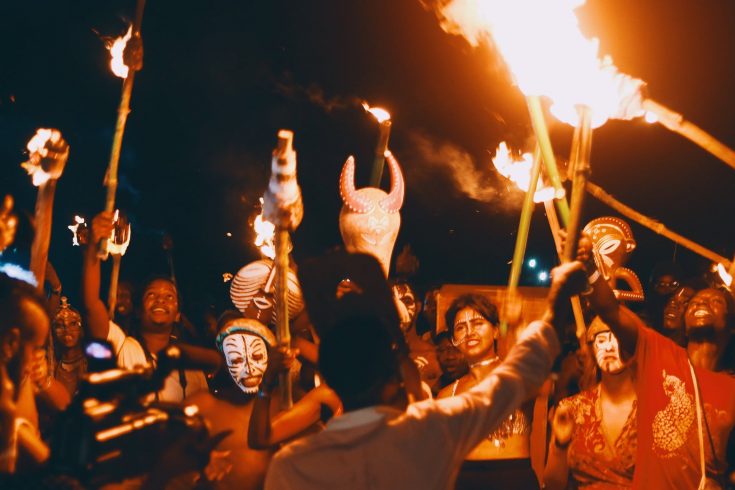
“Post pandemic holds a huge amount of promise for the electronic music scenes in East Africa,’’ Swallow opined. ‘‘The last 5 years pre-pandemic, it was just on the up, on the rise. More festivals, more gigs, more artists getting international recognition and local recognition. So once things balance out and we’re allowed to go out at night and the gigs come back, there’s a lot of new material to be pushed and toured plus artists and crews have been able to really reflect on their career and how they position themselves so it’s gonna go through the roof and East Africa will be known for its electronic music scene in all ways.”
In a word, there’s no turning back for EDM.
Many may not have thought this day would come, but it is now safe to declare that electronic music in East Africa is no longer an underground movement on the rise, but has risen, with defiance, above the fray enough to be given due recognition, even if it won’t be explicitly labeled mainstream. From here on out, EDM’s trajectory in East Africa may be unpredictable but nonetheless, it’s one that is immensely captivating to watch, read ‘listen’.



